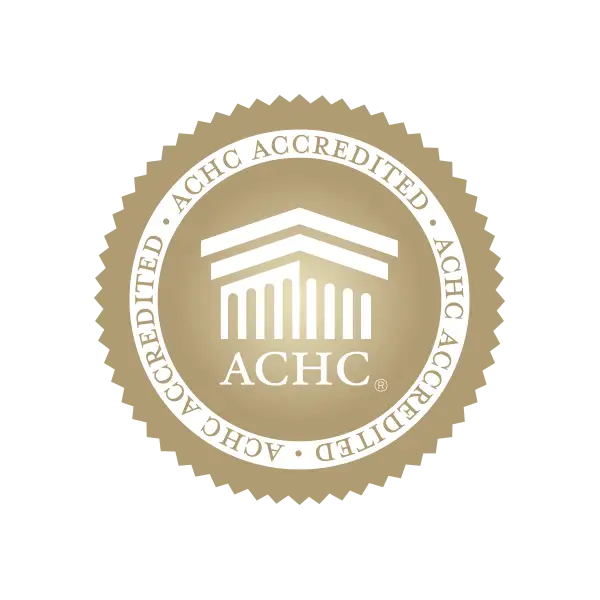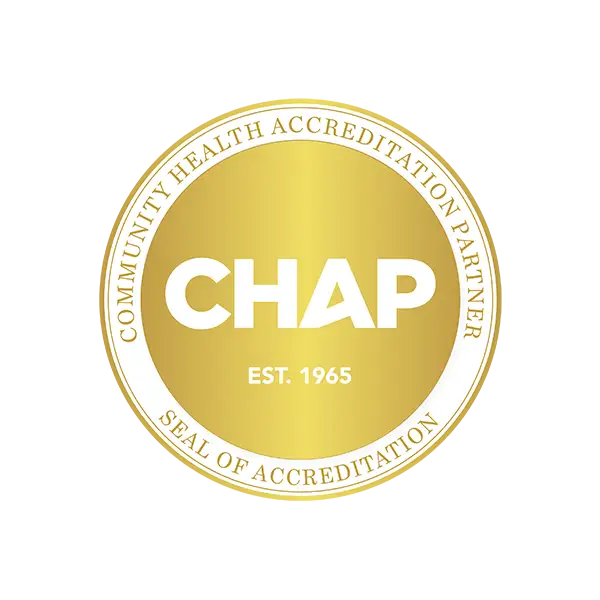Victoria Jackson, MNS, CCC-SLP
KidsCare Home Health
Clinical Manager Waco/Austin/San Antonio
When I was an SLP working in San Diego, for what is now known as Rady Children’s Hospital, we referred to CAS as “Developmental Dyspraxia.” Apraxia is the loss of the ability to complete motor movements, while the term Dyspraxia is used when a person is born with difficulties copying and completing motor movements. At the time, it was considered correct to refer to any child exhibiting the symptoms of CAS as having Developmental Dyspraxia because that term signified a childhood developmental disorder. In truth, it was really an umbrella term that was used to diagnose just about every kid who exhibited any kind of articulation impairment. Of course, the reasoning had a lot more to do with how we could bill and get reimbursed than it did anything else.
The written transcript of Rebecca McCauley, Ph.D., CCC-SLP’s text-based course on “Childhood Apraxia of Speech: An Overview and Assessment Considerations,” presented October 11, 2001, and cited by SpeechPathology.com on March 14, 2011, referenced the controversy of CAS and its various labels. Dr. McCauley concluded that children with CAS are not just kids who represent the “severe end of the continuum of all children with speech disorders,” but rather are children who are truly different and that CAS is a legitimate diagnosis and term.
That settled, knowing the correct terminology does not necessarily make CAS any easier to diagnose and treat. I recently read an article that stated that 75% of Apraxia cases are wrongly diagnosed. Diagnosing CAS is not easy, and it is indeed an uncommon speech disorder.
Many of the signs associated with CAS are also found in many speech sound disorders, so it is easy to get it confused, and CAS can overlap with other speech-language disorders making a true diagnosis even more difficult. Unlike speech delay, the characteristics of CAS are likely to persist past the developmental period (Lewis, Freebairn, Hansen, Iyengar, & Taylor, 2004). CAS is NOT developmental and a child does not outgrow it, although, as we all know, with intensive speech-language therapy a child’s ability to communicate can and does improve, even if there exists a diagnosis of CAS.
What is Childhood Apraxia of Speech?
ASHA defines it this way: “Childhood apraxia of speech (CAS) is a neurological childhood speech sound disorder in which the precision and consistency of movements underlying speech are impaired in the absence of neuromuscular deficits (e.g. abnormal reflexes, abnormal tone). CAS may occur as a result of known neurological impairment, in association with complex neurobehavioral disorders of known and unknown origin, or as an idiopathic neurogenic speech sound disorder. The core impairment in planning and/or programming spatiotemporal parameters of movement sequences results in errors in speech sound production and prosody” (ASHA, 2007a, Definitions of CAS section, para.1).
CAS is now used as an all-encompassing term for all types of apraxia of speech in children. Verbal Dyspraxia, Developmental Apraxia of Speech, and Dyspraxia or Developmental Dyspraxia, whether congenital or acquired, are the various terms used to describe CAS in the past and that are now referred to and are categorized under the term Childhood Apraxia of Speech or CAS.
Child Apraxia Symptoms
Age of diagnosis is a factor. According to several sources, CAS cannot be diagnosed prior to the age of 3 years. You may suspect that a child has CAS, but it is difficult to make an accurate diagnosis of CAS before then. CAS is a speech disorder that involves motor planning deficits of volitional speech, and until and unless a child is attempting to talk, it’s difficult to know exactly what’s going on.
Following is a summary of some of the “red flags” that may indicate a child exhibits CAS. Taken from ASHA, Childhood Apraxia of Speech and the Childhood Apraxia of Speech Association of North America (CASANA).
- Doesn’t coo or babble as an infant,
- Says first words late,
- Says only a few different sounds,
- Has problems putting sounds together,
- Puts long pauses between sounds,
- Unusual, idiosyncratic error patterns,
- Groping/physical struggle for articulatory position, and impaired volitional non-speech movements (groping movements with lips, tongue and jaw when trying to make sounds),
- Limited repertoire of vowels and less differentiation between vowel productions and vowel errors, especially distortions,
- Does not always say a word the same way; variability of errors; ability to produce target utterances in one context but not in another,
- Errors increase with length or complexity of utterances, such as in multi-syllabic or phonetically challenging words; has more trouble saying longer words clearly than shorter ones,
- More difficulty with volitional, self-initiated utterances as compared to over-learned, automatic, or modeled utterances,
- Impaired rate/accuracy of diodochokinetic tasks (pu-pu-pu – mama/pu-tu-ku – patty cake, etc.)
- Talking sounds choppy or flat and puts stress on the wrong syllables or words; disturbances of prosody including slow rate and timing deficits in duration of sounds and pauses between and within syllables making speech sound staccato-like or monotone,
- Has some problems eating,
- Can understand what others say better than he/she can talk,
- Has problems imitating what others say, and if he/she is able to imitate, those words sound better than words he/she says spontaneously,
- More trouble talking when nervous, and
- Is difficult to understand, especially if the listener is unknown to him/her; poor speech intelligibility.
Childhood Apraxia Causes
What causes CAS? CASANA states that CAS can occur in the following 3 conditions:
- Neurological impairment caused by infection, illness or injury before or after birth, or in a random abnormality or glitch in fetal development.
- Complex Neurodevelopmental Disorder caused by a secondary characteristic of other conditions such as genetic, metabolic or mitochondrial disorders. (Autism, Fragile X, Galactosemia, some forms of Epilepsy, and Chromosome translocations involving duplications and deletions.)
- Idiopathic Speech Disorder – a disorder of unknown origin. We just don’t know why.
So, if your client is diagnosed with CAS and parents are distraught and wondering what they did wrong, you can reassure them that unless there was abuse or neglect, they are not directly responsible for causing this disorder in their child. There are no studies that suggest that there is a direct relationship between complications of pregnancy or childbirth that increase the risk for CAS either. CAS is most likely caused by multiple factors and conditions, and the best thing a parent can do for their child who is diagnosed with this disorder, is to seek treatment.
Treatment for Childhood Apraxia
According to an article published in 2003 by Nancy Lucker-Lazerson, M.A., CCC-SLP in Apraxia-KIDS, differential diagnosis of CAS involves knowing the differences between motor speech disorders such as CAS and Dysarthria, an Articulation Disorder, and a Phonological disorder. CAS is a deficit in the ability to plan motor movements for speech. Kids with CAS cannot effectively send messages from the brain to the mouth. Dysarthria involves weakness of lips, tongue and jaw. Dysarthria is associated with etiologies including cerebral palsy and multiple sclerosis, while the underlying cause of CAS is often unknown. An Articulation Disorder involves errors in the manner in which a child produces a sound in relationship to placement of the tongue, lips and teeth. In the past, it has been thought that some articulation errors were developmental in nature and may not be mastered until certain ages and should not be addressed prior to those designated ages. However, research now disputes addressing articulation errors based upon developmental norms, and current best practice says the earlier the treatment, the better. Phonologic Disorders involve disruptions in the sound system of language. Kids with phonologic impairments have not yet learned the rules for how sounds fit together to make words and they use certain processes to simplify words.
It is important to note that, often times, clinicians use the term “oral-motor deficits” when uncertain of exactly what’s going on with a child who exhibits impaired speech. Edythe A. Strand, Ph.D., F-ASHA and Rebecca J. McCauley, Ph.D., CCC-SLP, in their article Differential Diagnosis of Severe Speech Impairment in Young Children, published in The ASHA Leader, August 2008, Vol. 13, 10-13., cautioned that use of this term “can be problematic because it can mean different things.” The advice given is to be specific and differentiate between oral-motor deficits in relationship to speech production versus non-speech oral movements.
Intelligibility is often an issue for these children, and they are at greater risk for reading and learning disabilities later on. The therapeutic approach for each disorder is different, and to complicate matters further, these conditions may overlap. With any speech-language disorder, the earlier and more intensive the therapy, the more successful the outcome for the child.
Regards,
Victoria















